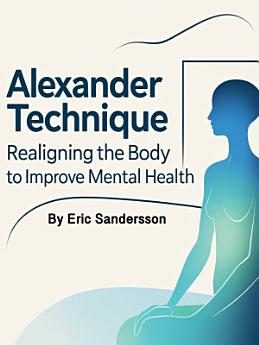Alexander Technique: Realigning the Body to Improve Mental Health
About this ebook
Developed in the late 19th century by Frederick Matthias Alexander, an Australian actor who struggled with chronic vocal problems, the technique arose from his discovery that poor postural habits were directly contributing to his voice loss. Through self-observation and experimentation, Alexander found that by preventing these habitual reactions and allowing for better alignment, he could restore his vocal function. His work eventually expanded to encompass a broader understanding of the relationship between the body and mind, laying the foundation for what is now widely known as the Alexander Technique.
Central to the method is the concept of “use”—how a person uses their body in activity. This encompasses not just posture but also breathing, balance, and coordination. It assumes that the way we habitually hold ourselves and move affects our physical health and emotional well-being. For example, slouching or holding tension in the neck and shoulders can lead to chronic discomfort, fatigue, and even feelings of anxiety or depression. By bringing awareness to these patterns and learning to inhibit them, individuals can move in ways that are more natural and less taxing.





